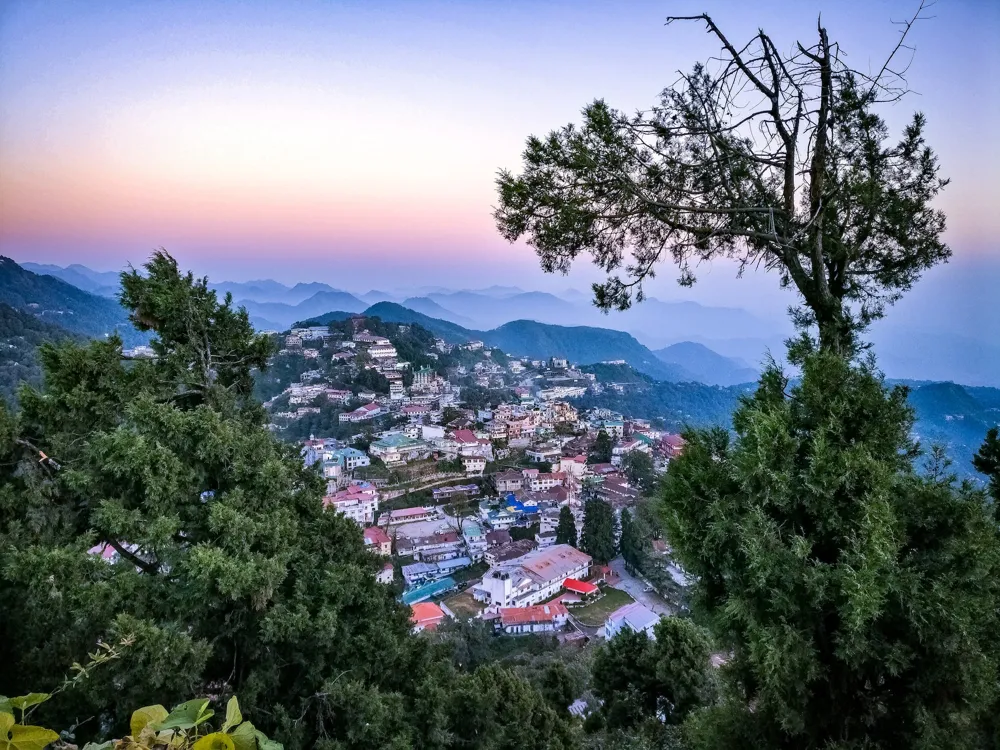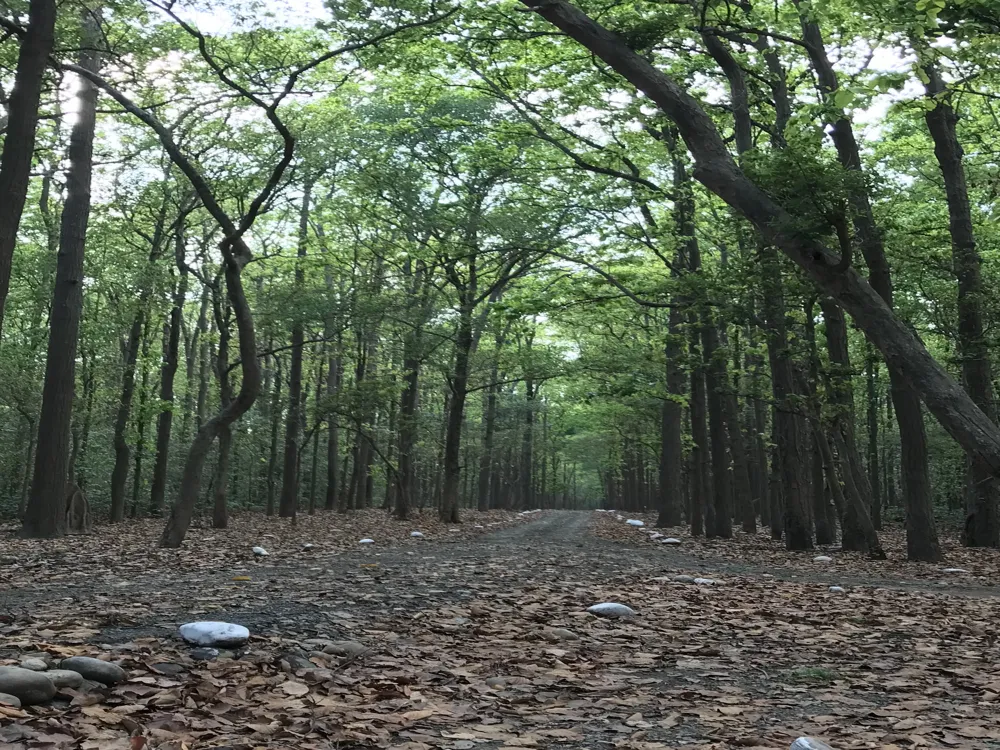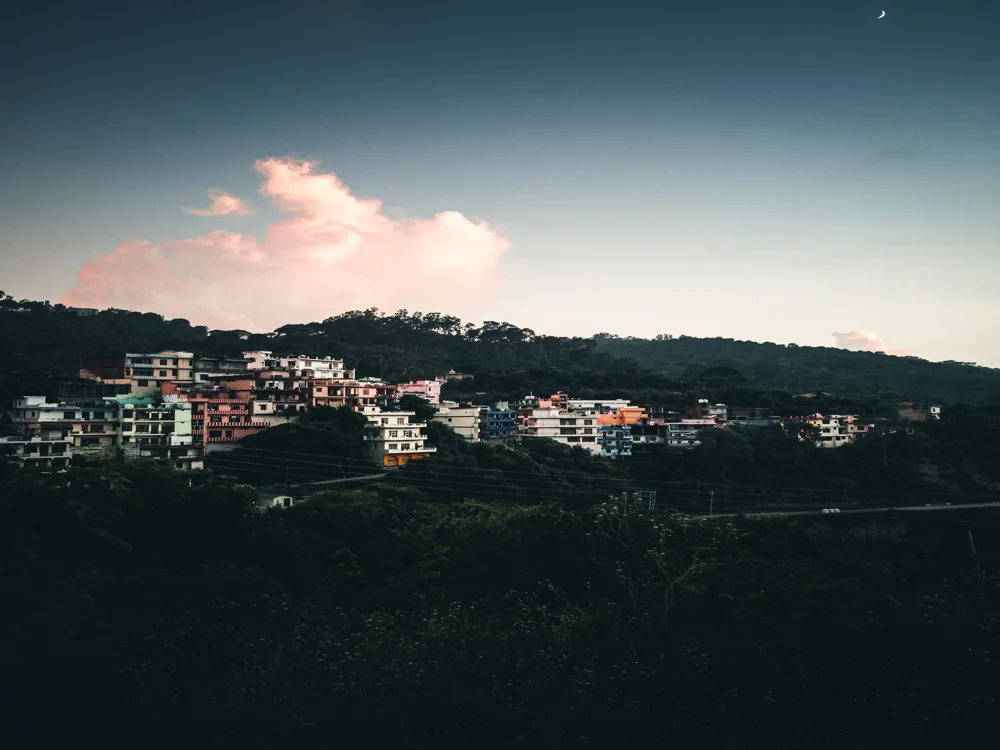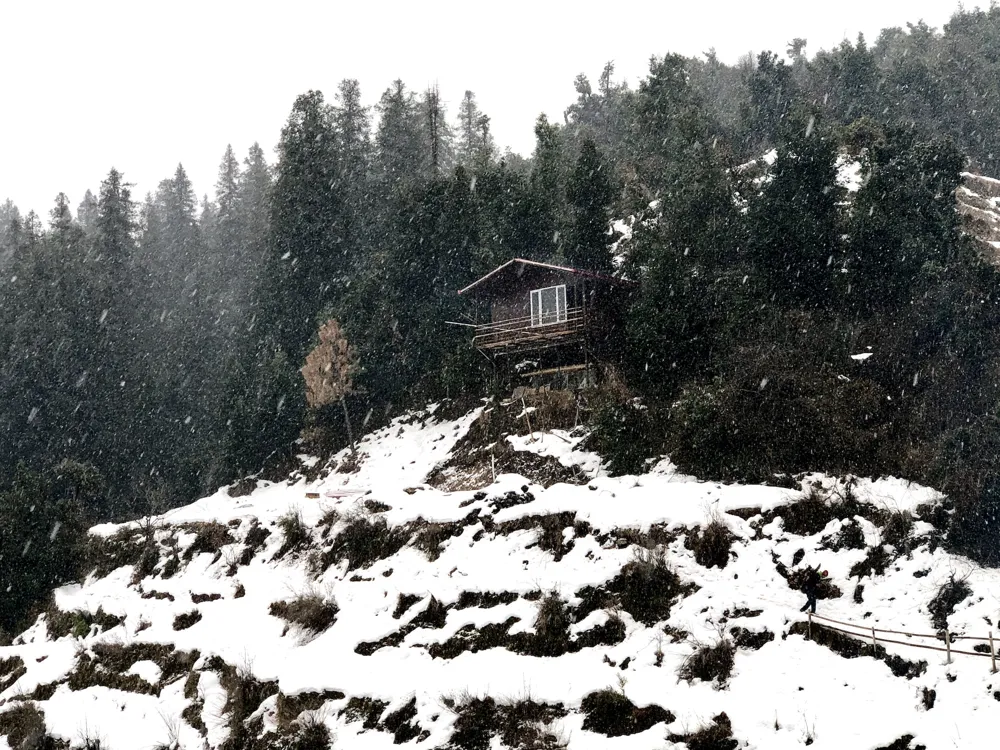Bali Pass is a high altitude mountain pass situated in the Uttarakhand region of India. It offers a breathtaking view of the Himalayas and is a popular destination for trekkers and adventure enthusiasts. The pass connects the Har Ki Dun Valley with the Yamunotri Valley and is known for its scenic beauty and challenging trek routes. The Bali Pass doesn't feature conventional architecture as it is a natural mountain pass. The pass is characterized by rugged terrain, steep slopes, and natural trails. It's surrounded by a variety of flora and fauna, which adds to its picturesque landscape. Trekkers often find ancient wooden bridges and rocky paths along their journey, highlighting the pass's natural beauty. 1. Acclimatize properly to avoid altitude sickness. 1. Book your accommodations in advance during peak trekking seasons. 1. Respect local customs and traditions while visiting nearby villages. Bali Pass is accessible through various trek routes, with the most common starting point being Sankri, a small village in Uttarakhand. To reach Sankri, you can take a taxi or a bus from Dehradun, which is well-connected by air, rail, and road to major cities. From Sankri, the trek to Bali Pass spans several days, passing through beautiful landscapes and remote villages. Read More:Overview of Bali Pass, Dehradun, Uttarakhand
Architecture of Bali Pass
Tips When Visiting Bali Pass
Preparation and Safety Tips
2. Carry enough warm clothing as temperatures can drop significantly.
3. Ensure you have sturdy trekking shoes for the rugged terrain.
4. Always trek with a guide or in a group for safety.
5. Keep a first-aid kit and emergency contact numbers handy.Travel and Accommodation Tips
2. Plan your travel itinerary, including rest days for acclimatization.
3. Opt for eco-friendly lodges or camps to minimize environmental impact.General Tips
2. Avoid littering and carry back all non-biodegradable waste.
3. Stay hydrated and maintain a steady pace during the trek.How To Reach Bali Pass
Bali Pass
Dehradun
Uttarakhand
NaN onwards
View dehradun Packages
Weather :
Tags : Hills & Valleys
Timings : May-June, September-October
Time Required : 10 days
Entry Fee : INR 9000 - INR 13000
Planning a Trip? Ask Your Question
Dehradun Travel Packages
View All Packages For Dehradun
Top Hotel Collections for Dehradun

Private Pool

Luxury Hotels

5-Star Hotels

Pet Friendly
Top Hotels Near Dehradun
Other Top Ranking Places In Dehradun
View All Places To Visit In dehradun
View dehradun Packages
Weather :
Tags : Hills & Valleys
Timings : May-June, September-October
Time Required : 10 days
Entry Fee : INR 9000 - INR 13000
Planning a Trip? Ask Your Question
Dehradun Travel Packages
View All Packages For Dehradun
Top Hotel Collections for Dehradun

Private Pool

Luxury Hotels

5-Star Hotels

Pet Friendly





















